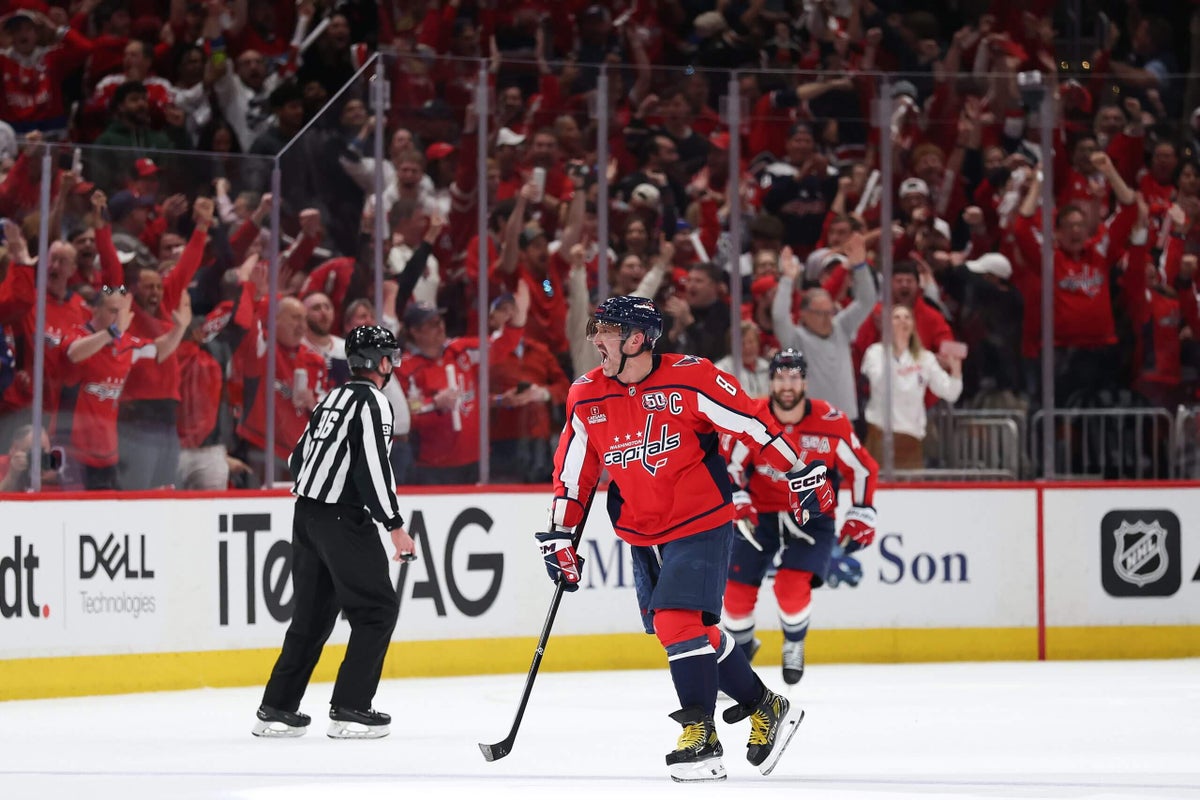The first week of the NHL Stanley Cup Playoffs is drawing to a close, bringing with it a host of early theories, narratives, and storylines based on the initial games.
Typically, some of these initial narratives prove accurate as the series progress beyond Game 1 into Games 2 or 3, while others dissolve upon closer examination, failing to hold up with more context or a larger sample size.
With this in mind, let`s examine some of the prevailing discussions around each series to determine if they represent meaningful trends or simply early noise.
Maple Leafs vs. Senators: Is Ottawa genuinely better at 5-on-5? Senators coach Travis Green and the team`s fans might argue the Maple Leafs are fortunate to hold a 2-0 lead in this `Battle of Ontario` first-round matchup. Green specifically praised his team`s 5-on-5 performance after the 6-2 Game 1 loss and felt they deserved a better result in the Game 2 overtime defeat, citing another strong showing. This perspective has been prevalent in discussions about the series.
Is this trend significant or not? There`s a kernel of truth; the Senators have indeed played some solid 5-on-5 hockey, potentially enough to secure a win later in the series. However, context is crucial, and it suggests this isn`t a point Ottawa should heavily rely on. Primarily, strong 5-on-5 play is less impactful if the team is consistently taking penalties and giving the opponent multiple power-play opportunities (Toronto scored three power-play goals in Game 1 and one more in Game 2). More significantly, the origin of these 5-on-5 stats needs consideration.
As analyzed by Sportsnet`s Justin Bourne after the initial two games, one cannot assess the teams` 5-on-5 statistics without accounting for the game score and its influence on their strategies. In both Game 1 and Game 2, Toronto established an early lead and subsequently adopted a defensive posture, allowing Ottawa to push the play. When the score was tied, it was Toronto that held the advantage in shot attempts. Therefore, until the Senators can demonstrate similar 5-on-5 effectiveness in tied game situations, this narrative appears to lack significant substance.

